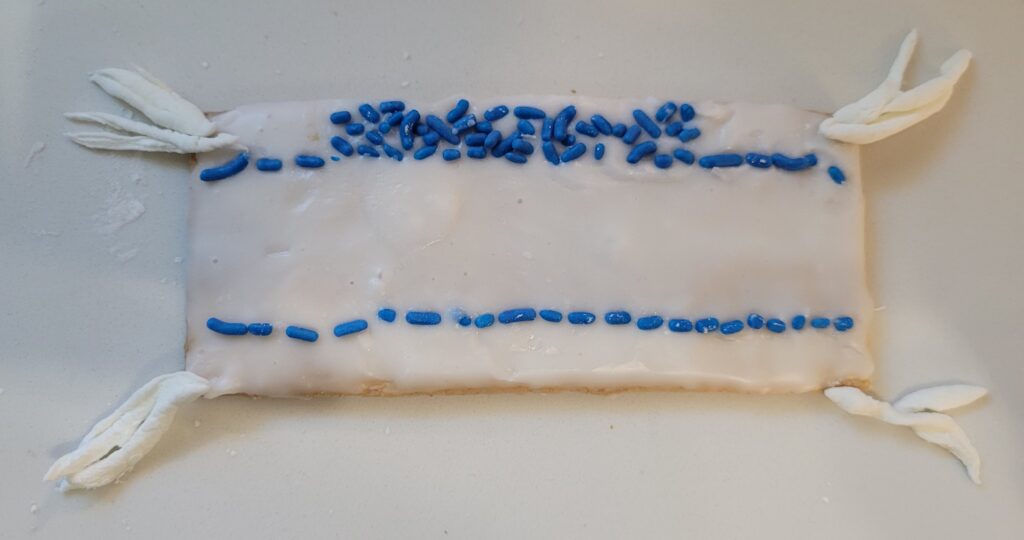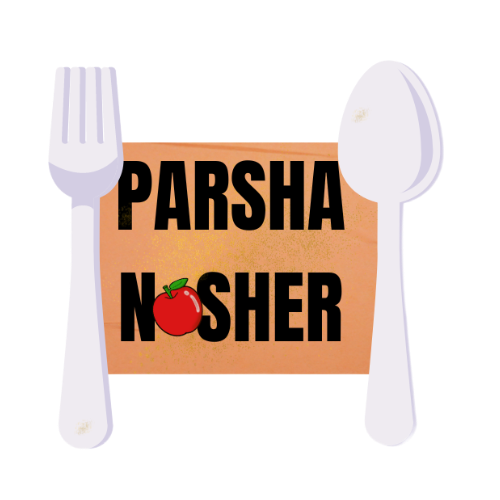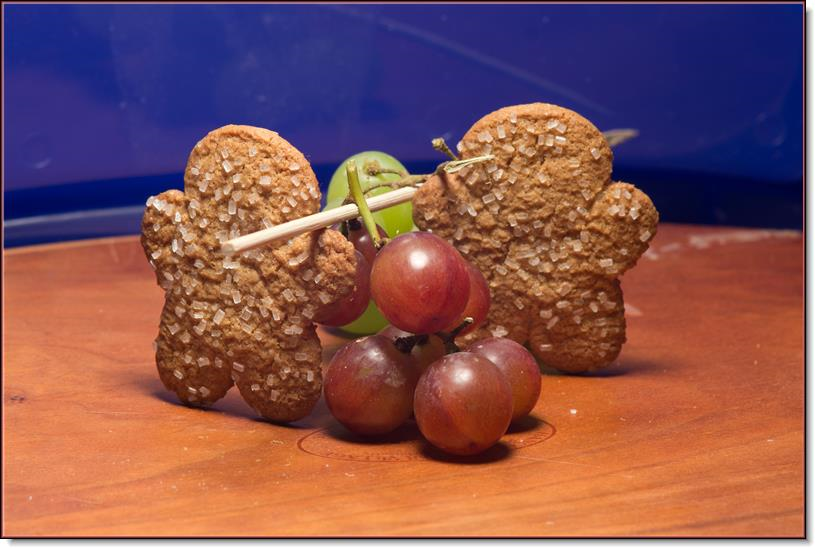| And G-d said to Moses: Send for yourself men to scout out the land of Caanan that I am giving to the Children of Israel; one man from each tribe, each one of which must be a chief. | Vayedaber Hashem el Moshe laimor: Shlach lecha anashim, veyaturu et eretz Kna’an asher-ani notein livnei Yisrael; ish echad, ish echad, lematei avotav tishlachu kol nasi vahem. | וַיְדַבֵּר ה’ אֶל־מֹשֶׁה לֵּאמֹר׃ שְׁלַח־לְךָ אֲנָשִׁים וְיָתֻרוּ אֶת־אֶרֶץ כְּנַעַן אֲשֶׁר־אֲנִי נֹתֵן לִבְנֵי יִשְׂרָאֵל אִישׁ אֶחָד אִישׁ אֶחָד לְמַטֵּה אֲבֹתָיו תִּשְׁלָחוּ כֹּל נָשִׂיא בָהֶם׃ |
Torah Thoughts
In parashat Shlach, we are told to go take the land that was promised to us. However, our trust in G-d and His promise is not strong enough, and we send spies to scout out the land. One spy from each of the twelve tribes (other than Levi, so Efraim and Menashe are each counted as a tribe). They return with a report: the land is so rich that the fruit is enormous (and they bring proof! See the ParshaNosh), but the people there are giants as well! This fear tells G-d that we are not yet ready to take the land, and the ensuing 40 years of wandering yields a new generation: one that was not beaten down by slavery, but which was born or matured in freedom, under the protection of G-d.
This parsha contains the basis for many of our mitzvot and customs:
The mitzvah to wear a tzitzit, which is found on the corners of talitot. See my comments and thoughts:
The mitzvah to burn a portion of dough (“taking challah”) when baking bread.
Tallit

In parashat Shlach, we are ordered to add fringes to the corners of our clothes. These fringes are to include a blue thread. The purpose of having these fringes, we are expressly told, it to remind us of all of the commandments, and to remind us to keep them.
We are taught that the dye to be used for the blue fringe had to be made using a specific shellfish (yes, we can use them for dye, we just cannot eat them), but that we lost the tradition to know which shellfish to use. As such, most fringes (which we are called in Hebrew tsitzit) are now only white (though some think they may have found the shellfish, and others have blue-dyed fringes included perhaps for style but without the correct shellfish; I am not an expert in the halacha and cannot comment on whether this is proper).
Because our regular, day-to-day clothes no longer generally have four corners, we have taken to wearing a special four-cornered garment, called a “Tallit,” in order to enable us to fulfill this mitzvah, or commandment. Many men wear a “tallit kattan,” or a small tallit, either on under or over their shirts, on a regular basis. Because the item to which the fringes are attached must be regular clothes, meaning that there must be a “correct” way to wear it, the sort of large tallit depicted here always has a collar, so you know which way is up.


